
Shoyu think you know me?
Find out more about the types of soy sauces and their differences. Soy Sauce Family Soy sauce is an East-Asian liquid condiment of Chinese origin. They can come in either Chinese or Japanese style. Traditionally, Chinese style soy sauces are made with 100% soy, whereas Japanese style soy sauces are made from a mix of soy and wheat. Therefore, giving the Japanese sauces a sweeter and lighter taste as compared to the Chinese counterparts, which usually tastes much saltier and lingers on your taste buds.
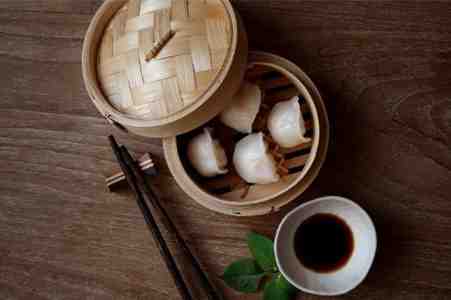
What’s the difference between Tamari and Shoyu?
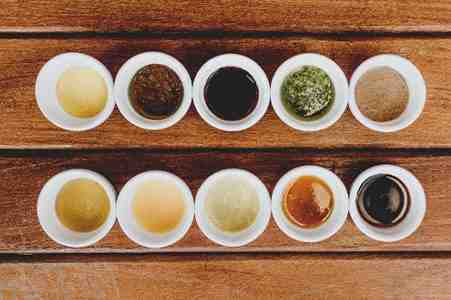
In Japan, the term “Shoyu” is the term for soy sauce, which is made from soybeans and wheat. On the other hand, Tamari is a non-wheat product that is made by drawing off the liquid content of soybean miso. Due to its high concentration of soybeans, Tamari has a distinctive aroma, thicker texture, darker colour and stronger taste as compared to Shoyu. Furthermore, Shoyu is much more widely available as compared to Tamari because there are only certain areas at which Tamari is produced. Hence, many consumers are unaware of the core difference between Tamari and Shoyu, or even, what Tamari sauce is used for. Organic Shoyu or Not? My answer to you - Yes, go for organic Shoyu. This can be explained as the main ingredient in Shoyu is soy beans and soy beans are often genetically modified (GMO) for commercial purposes. Organic Shoyu is made up of non-genetically modified (non-GMO) soy beans and wheat, which enhances it natural flavours and no additives are added into the mixture. Common Uses of Shoyu Shoyu is used as an all-purpose cooking condiment It is most commonly known as a dipping sauce for raw fish (sashimi), sautéing teriyaki and other food processing.
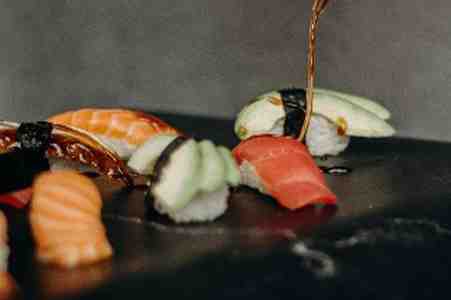
Here are some shoyu recipes to spice up your palate, leaving your taste buds wanting for more!
Shoyu Ramen
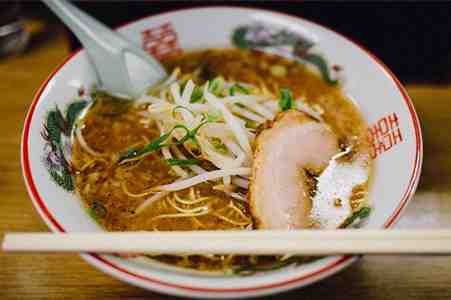
Ramen is a Japanese Noodle dish that comes in many variations. The broth is usually meat-based (beef, pork and fish). Shoyu, also known as soy sauce, is just one of the several types of ramen available. Salt-based (Shio), Pork broth (Tonkotsu), and Bean Paste (Miso) Ramen are some of the other variations available. Among the different types of ramen broths, Shoyu ramen is considered to be relatively quick and easy to prepare at home. Shoyu ramen is known for its tangy, salty and savoury taste but yet the taste isn’t overpowering. How to make Shoyu Ramen? Heat a tablespoon full of sesame oil over a deep pan. Sauté minced ginger and garlic in the pan, then lower the heat as you pour chicken stock and kombu dashi soup stock into the pan and bring to a boil. Then add a pinch of salt, sugar and soy sauce to the soup and allow it to boil again. In the meantime, boil ramen noodles over another pan and drain the noodles over a strainer when they turn springy. When ready to serve, pour the soup over the noodles.
Shoyu Tamago
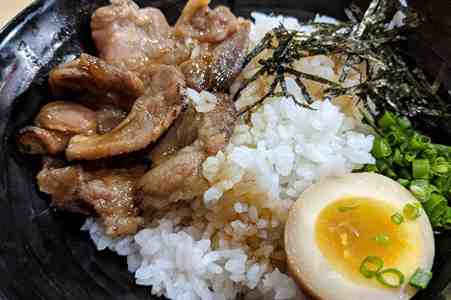
Tamago, the Japanese term for egg, is a commonly used side dish to complement main courses. It goes well with both ramen and Japanese rice, due to its sweet taste from mirin. Shoyu Tamago, also known as soy sauce eggs, are basically semi-boiled eggs that have a tinge of saltiness due to it being marinated in Shoyu. In order to achieve the accurate consistency of the egg, the egg white should be fully boiled, yet leaving the yolk runny. The best part is it takes only 15 minutes to prepare! How to make Shoyu Tamago? Simply marinate the eggs in a mixture of Shoyu, brown sugar and rice vinegar. Leave it in the refrigerator overnight, to allow the aroma and taste to penetrated all the way through to the yolk.
Sesame Shoyu Dressing
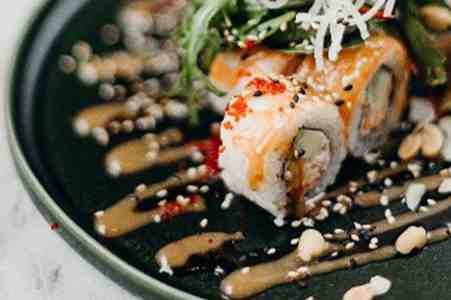
Sesame seeds have a nutty and crunchy texture that creates a delightful flavour when used as a simple salad dressing. The ingredients required to make the sesame shoyu dressing are probably already available in your kitchen pantry. Try making this at home! This soy-based salad dressing does not contain any mayonnaise, saving you a lot of calories and making it a healthier but delicious choice to add extra flavour to your greens. Toast the sesame seeds in a frying pan under low heat. Remove the pan from heat when the seeds are well toasted, which are ready the moment your can hear some of them popping. Using a pestle, granulate the sesame seeds and incorporate shoyu, rice vinegar, brown sugar and sesame oil. To sum up… Shoyu sauce is one of the most versatile condiments that are on the pantries of the majority of the Asian households. Crudolio Organic Shoyu Sauce is now available at Foodsterr. Limited quantities are available, get yours here! Do explore the other different types of oils and sauces by Crudolio, proudly made in Italy.




